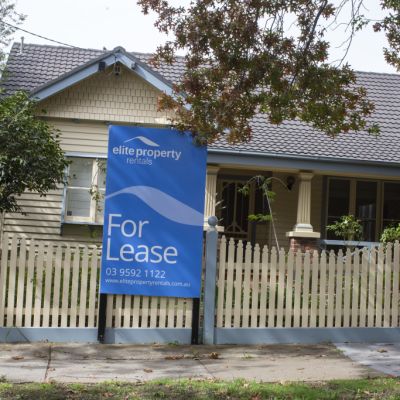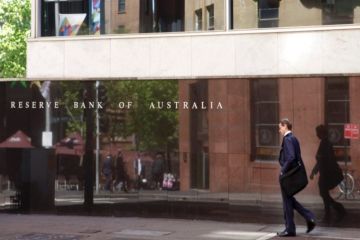National rental vacancy rate and listings crash to crippling new low

It has never been harder to find a rental in Australia, with the vacancy rate and number of properties available for lease crashing to a crippling record low.
Capital cities where the vacancy rates were slim but steady since summer have been rocked by short supply and tightened over the past month.
The national volume of properties listed for tenants has almost halved over the past 12 months, to hit a new rock bottom, Domain data shows.
The national vacancy rate for October sits at 0.8 per cent – the tightest ever, firming from 0.9 per cent in September – with no quick fix for the rolling crisis. This time last year, the national vacancy rate was 1.5 per cent.
Adelaide maintained its mantle of the toughest rental market in Australia, with a rate deeper than the national average. Brisbane and Darwin were the only capitals to clock an increase in vacancy rates month-to-month, hinting those markets are emerging from the mire.


However, all capital cities can be classified as a “landlord’s market”, according to Domain’s research team.
Rental listing numbers nationally have plunged by 48.2 per cent over the past year, to the fewest on record.
Inflation pressure on the construction industry is expected to continue to hurt supply and tenants’ long-term chances of securing a home.
In an economic report released at the start of November, Ray White chief economist Nerida Conisbee said renters who are locked into a long-term cycle are hit hard by market forces.
Conisbee said construction costs continue to be a problem and the flow-on effect on housing supply is being felt by renters, and will extend in the coming years to home buyers.

Less economic growth will be reaped from the construction sector over the next 12 months, she said.
The Reserve Bank of Australia on November 1 lifted the nation’s cash rate by 25 points to 2.85 per cent, with a grim inflation forecast despite the central bank’s ongoing attempts to crush price rises.
The back-to-back rate hikes since April have added $815 a month to a $500,000 mortgage, Finder data shows.
Interest rates are now at their highest level in nine years.
Domain’s chief of economics and research Dr Nicola Powell said the pressure has been applied to renters in an “increasingly competitive” market.

She said factors included a lack of affordable pathways into home ownership and the return of skilled migrants and students.
“The government’s recent budget measures are a great start. However, there’s really no quick fix to the rental crisis,” Dr Powell said. “Although the government has committed to building more housing, we need to see further progress and a change in land use and planning rules to allow for more homes to be built in middle-ring suburbs.
“If some of these issues are addressed, this will no doubt have a positive impact on easing rental conditions.”

A capital city snapshot shows…
Adelaide is Australia’s worst market for a tenant, with the nation’s tightest vacancy rate of 0.2 per cent. This is exacerbated by the homeownership market, which is still at the peak of the price cycle, whereas other capitals have experienced house price falls this year.
Sydney’s rental market is worsening, with the vacancy rate tightening for a fourth month in a row, to a record 1 per cent. Sydneysiders hunting for a rental will find 53 per cent less properties available than last year.
In Melbourne, the vacancy rate is also at a record low, matching the same benchmark in 2018, of 1.1 per cent.
Perth’s rental market is its firmest ever, landing at 0.3 per cent, matched by Hobart, which had held steady 0.5 per cent since January but dropped for the first time this year.
The solid state of the Canberra rental market has been shaken, declining to a vacancy rate of 1 per cent – the first time it has dropped since February.
Brisbane (0.7 per cent) and Darwin (0.8 per cent) were the only cities to record an increase in vacancy rates, indicating a “potential turning point”, according to Domain.
We thought you might like
States
Capital Cities
Capital Cities - Rentals
Popular Areas
Allhomes
More










